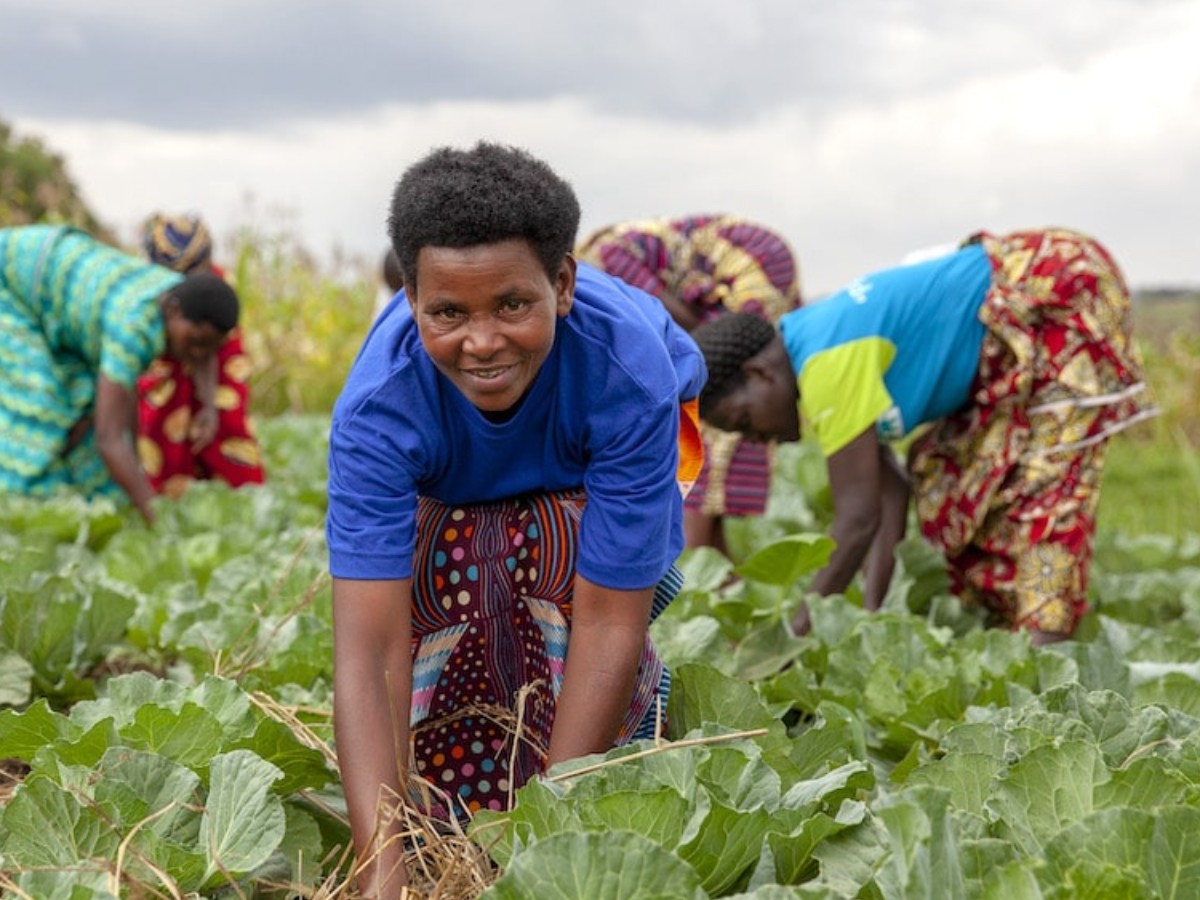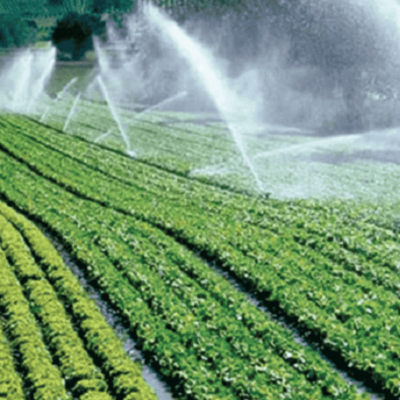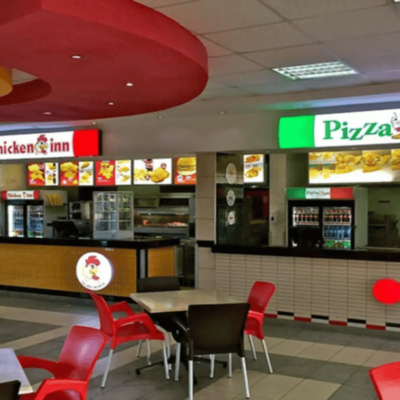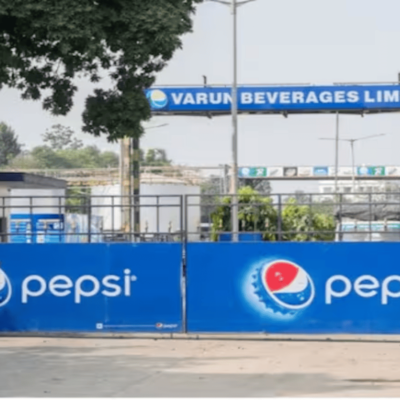RWANDA – Rwanda’s agricultural sector is opening up new investment opportunities worth US$785 million as part of the FAO’s Hand-in-Hand Initiative.
In a recent announcement, the Minister of Agriculture and Animal Resources, Hon. Ildephonse Musafiri, outlined a strategic plan that spans tea, livestock, potatoes, horticulture, and beef production.
These sectors were selected for their potential to drive productivity, create employment for women and youth, expand irrigated land, and build resilient, sustainable agri-food systems.
The Hand-in-Hand Initiative, launched by FAO in 2019, pairs countries with high poverty and hunger levels with global investors, private sector organizations, and international institutions.
The goal is to advance national agriculture programs aimed at reducing hunger, poverty, and inequalities, with the added aim of building resilience against climate change.
Rwanda’s agriculture sector, employing nearly 69% of households and providing around 400,000 jobs, represents a critical component of its economic growth.
Each of the outlined investments aligns with Rwanda’s Fifth Strategic Plan for Agriculture Transformation (PSTA 5) for 2024-2029, highlighting the importance of building sustainable and resilient food systems.
Key investment areas
Tea production
Rwanda is looking to invest US$289 million to expand tea cultivation, leveraging its advantageous climate and the rising demand for tea globally.
The plan includes producing 300 million seedlings, adding 17,000 hectares of tea plantations, and constructing a new tea factory in the Nyamagabe District.
Additionally, investments will be directed towards developing feeder roads, crucial for ensuring seamless supply chain operations.
Livestock development
With a growing regional demand for poultry and pork, US$169.8 million will be invested to bolster livestock production.
Plans include building a layer chicken hatchery, a breeding farm, and a feed processing plant. The initiative will also establish model poultry and pig farms and storage facilities for feed, meeting both domestic needs and export potential.
Potato production
Rwanda will allocate US$63.8 million toward the development of its potato sector, aimed at scaling up both production and processing for local and international markets.
Initiatives include producing early generation potato seeds, establishing storage facilities, and setting up a processing plant, which will help reduce post-harvest losses and increase marketable output.
Horticulture expansion
Investments totaling US$222.3 million target Rwanda’s growing avocado and chili pepper sectors, including US$40.5 million allocated to avocado production and US$181.8 million for chili cultivation aimed at high-value markets.
These horticultural products represent significant export opportunities as global demand for avocados and chili peppers continues to rise.
Beef production
A US$40.2 million investment will be used to enhance commercial beef production, with specific focus areas identified in Gako and Gabiro agri-hubs.
Plans include cattle restocking, establishing a modern slaughterhouse, building an animal feed mill, and developing facilities for hides and skins processing.
Hand-in-Hand Initiative
The Hand-in-Hand Initiative is a core program under the FAO, designed to match countries needing robust agricultural transformation with donors, investors, and development partners.
Using advanced geospatial modeling, the initiative directs resources to projects that can lift incomes, improve nutrition, and mitigate the impact of climate change.
Its objectives align with Sustainable Development Goals (SDGs) 1, 2, and 10, which focus on eradicating poverty, ending hunger, and reducing inequality.
In Rwanda, the initiative seeks to introduce digital services and precision farming to enhance productivity, create value chains for priority crops, and implement efficient water management systems to address climate-related challenges.
Investment in these areas is intended to strengthen agricultural output and food security, supporting Rwanda’s long-term economic goals.
Agriculture as Rwanda’s economic pillar
Agriculture is crucial to Rwanda’s socio-economic development, providing economic empowerment and employment, especially in rural areas.
According to the Fifth Population and Housing Census (2022), 69% of Rwandan households are engaged in agriculture.
As the nation aims for sustainable growth, initiatives like the Hand-in-Hand Initiative play an essential role in creating value across agri-food systems, improving both livelihoods and resilience against climate-related threats.
Minister Musafiri emphasized that these investment opportunities are timely and align with Rwanda’s agricultural goals, contributing to both business growth and the nation’s sustainable development.
Rwanda’s approach to agribusiness aims to attract diverse investments to bolster food security, reduce post-harvest losses, and build a robust agriculture-based economy, setting the stage for accelerated growth in the years to come.






